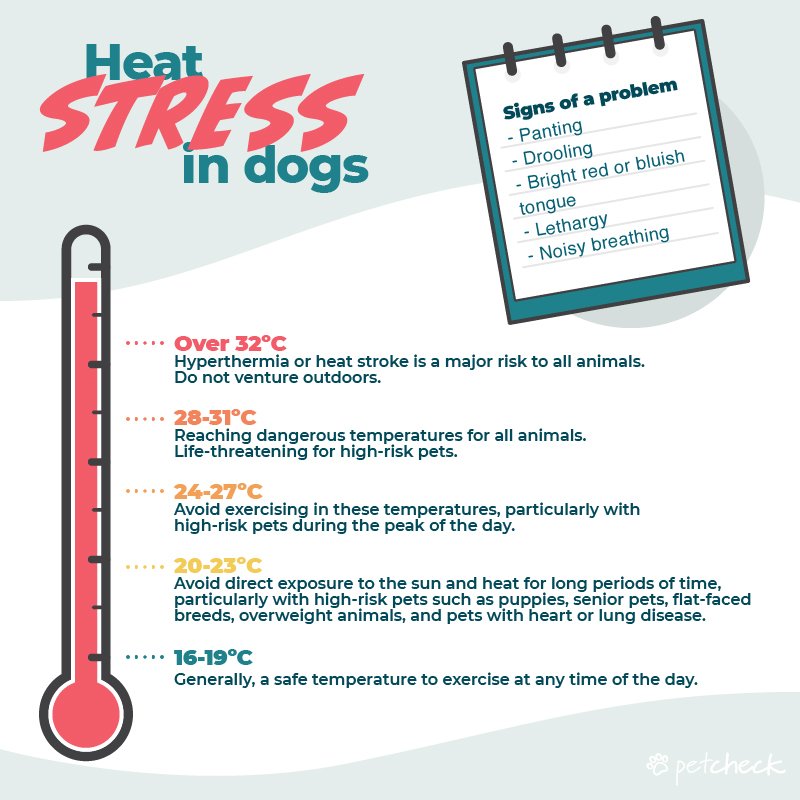How to avoid Heat Stress in Dogs
How to avoid Heat Stress in Dogs:
Heat stress can happen to dogs of all ages, breeds and sizes however some dogs are at higher risk of going on to develop the more dangerous and life-threatening condition known as Heat Stroke.
Dogs that are considered to be high risk include brachycephalic breeds (short nose), puppies, senior pets, overweight animals and pets who have heart and lung disease.
Australian summers can be very hot and unlike humans who sweat to reduce our body temperature, dogs are not able to do this the same as us. When dogs get too hot, they will sweat a little through their paw pads and nose but mostly release heat by panting. Sometimes this isn’t enough, and hyperthermia (high body temperature) may develop.
Signs and symptoms of heat stress in dogs:
The first signs of heat stress in dogs are generally
· Increased panting
· Increased thirst
If the dog is unable to cool itself sufficiently in this way, then heat exhaustion and heat stroke may develop.
Signs and symptoms of heat stroke in dogs:
If the above symptoms worsen and you notice the following signs, then you should call your local vet or emergency centre immediately. Your pet will most likely need to be seen urgently.
· Further excessive panting
· Drooling
· Vomiting and Diarrhoea
· Bright red gums
· Neurological signs – dizziness, collapse and even seizures may occur
What should I do if my dog has heat stress?:
· Offer plenty of cool water
· Move your pet to a cool area
· Stop all physical activities
· IF SYMPTOMS BECOME WORSE AS DESCRIBED ABOVE FOR HEAT STROKE, CALL YOUR LOCAL VET OR EMERGENCY CENTRE IMMEDIATELY
How can I prevent heat stress in my dog?:
If you know it is going to be a hot day, it is important to take preventative measures to ensure your dog can be kept cool to avoid heat stress. Some things you can do to help prevent this include:
· Ensure your pet has plenty of access to shade or bring them inside to the air conditioning
· Provide plenty of fresh, cool water
· Avoid walks and exercising during the heat of the day – try a slow walk early in the morning or later in the evening instead or if extreme heat, avoid exercise altogether
· Never leave your pet in a car in summer
** Photo courtesy of petcheck/vetcheck




